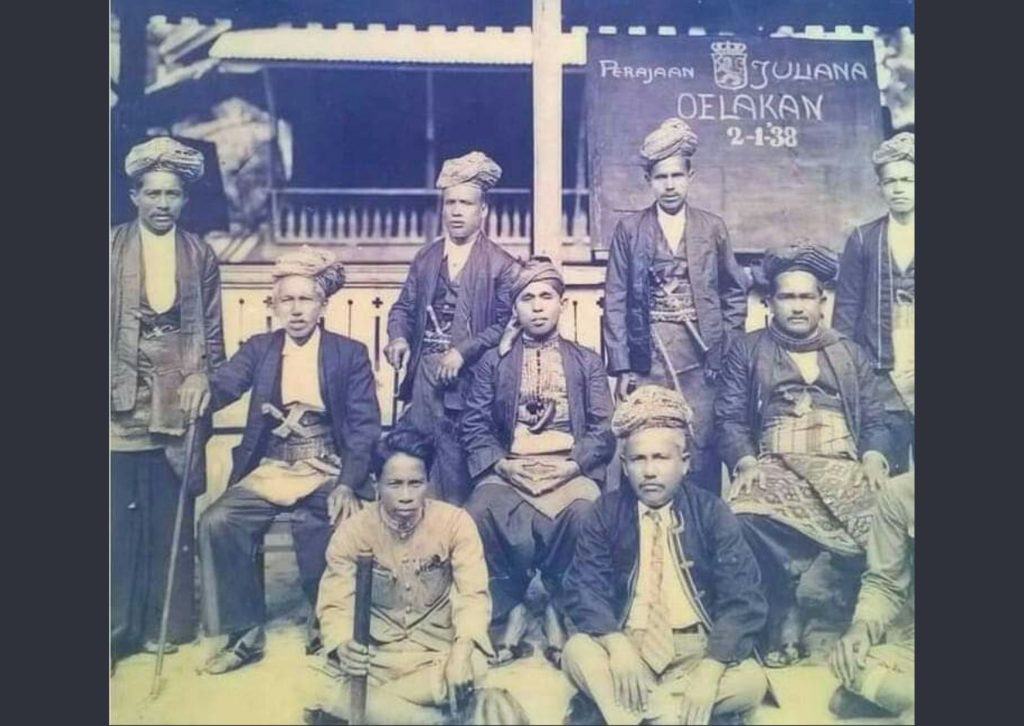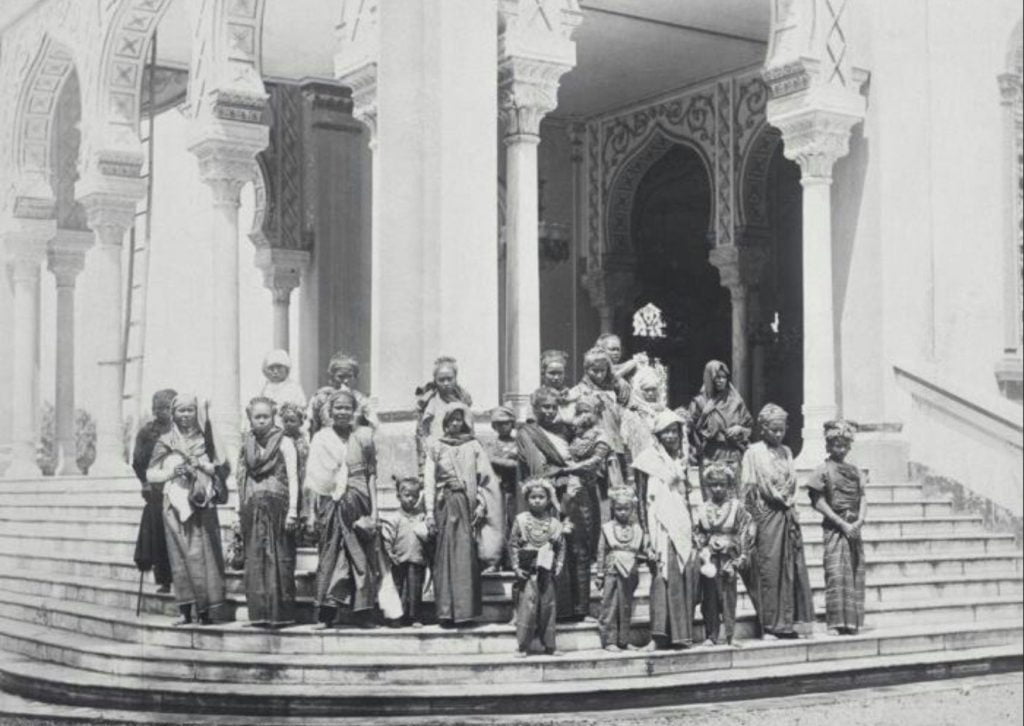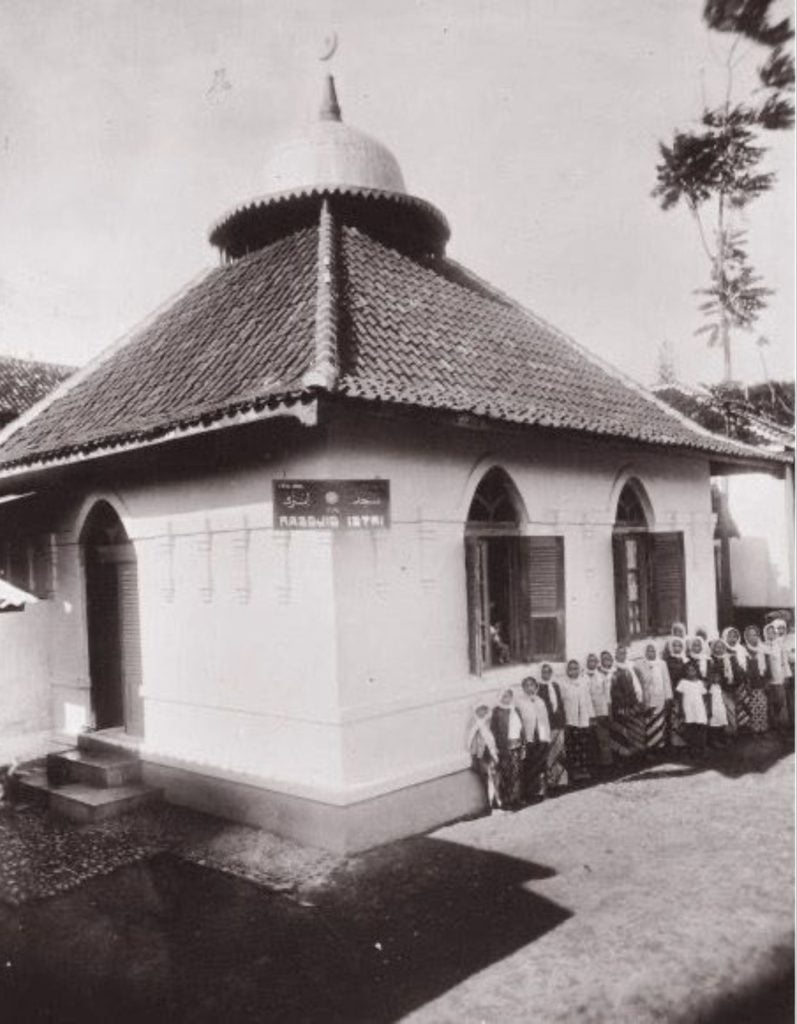Uncategorized
From Spice Trade to Spiritual Journey: The Historic Arrival of Islam in Indonesia
The predominance of Islam in Indonesia is intricately linked to its role as a prominent international port center. North Sumatra was the first region touched by Islamic civilization due to its location in the Malacca Strait, which was visited by traders from Arabia, India, Persia, China, and Siam. Monsoon winds from the Indian Ocean and trade winds from China ended in the Malacca Strait, forcing ships to dock and rest in this area. As a result, interactions between the local community and foreign traders occurred, leading to the exchange of knowledge, culture, and religion.
The introduction of Islam in Indonesia was carried out in coastal areas and gradually penetrated inland regions. Coastal areas facilitated commercial activities, thus opening up pathways for Islamization. The theory about the origin of Islam entering Indonesia is still debated. This debate revolves around three main factors: time, place of origin, and the people who brought it. Hamka argued that Muslim traders had been involved in international trade and sea voyage since the 7th century or the early Hijri century. This is proven by historical records showing Muslims from the Middle East and East Asia were already familiar with Sumatra since the era of the Srivijaya Kingdom. Additionally, Chinese sources mentioned Arab Muslim settlement on the coastal region of Sumatra in the last quarter of the 7th century. Some Arab traders were reported to have married local residents and formed Muslim communities. Members of these communities were also active in spreading Islam in Sumatra.
Researchers also argue that the Islamization of the Indonesian population began in the 12th and 13th centuries through Indian traders who interacted with the local population for centuries. Researchers conclude that the Islam practiced by the people of Samudra Pasai had many similarities with the people of Malabar, South India. Both adhered to the Shafi’i.

Kingdoms in the archipelago began to transform into sultanates in the 13th century. The Samudra Pasai Kingdom, located in Aceh, became the first Islamic kingdom in Indonesia. The Samudra Pasai Kingdom replaced the position of the Srivijaya Kingdom as the trading center in Sumatra. Samudra Pasai’s proximity to Malacca made it a bustling hub for traders and a center for the spread of Islam in the archipelago. Its strategic position also led famous explorers such as Marco Polo, Cheng Ho, and Ibn Battuta to visit.
The Samudra Pasai Kingdom was founded by Meurah Silu in 1267 AD. The Samudra Pasai Kingdom was a merger of the Samudra and Perlak Kingdoms. According to the Pasai Chronicle, the Samudra Pasai Kingdom was originally named the Samudra Kingdom, located inland. Meurah Silu established the Samudra Kingdom after discovering gold and silver in the river, becoming wealthy and attracting many followers. Meurah Silu also married a princess from the Perlak Kingdom named Ganggang Sari, thus uniting two prominent families from two influential coastal kingdoms in Sumatra.
Meurah Silu’s desire to advance the Samudra Kingdom led him to expand his territory to the coastal areas, which were bustling with Muslim merchant ships from India at that time. Then, he established a new government named Pasai. Interaction with foreign traders provided opportunities for Meurah Silu to embrace Islam. Before embracing Islam, Meurah Silu dreamed of meeting Prophet Muhammad. In his dream, he was taught to recite the two Shahadah statements and read the Quran. When Sheikh Ismail, an envoy from Sharif Makkah, arrived in Teluk Teria, he met Meurah Silu and guided him to embrace Islam.

After embracing Islam, Meurah Silu changed his name to Sultan Malik As-Saleh and became the first Indonesian king to hold the title of sultan. He was also known as Malaikussaleh. The Samudra Pasai Kingdom played a crucial role in the development of Islam in the archipelago. This kingdom made significant contributions to the development of Islam in Indonesia. One of them was by sending scholars and preachers to spread Islam to Java Island. Additionally, many scholars also studied religion in Samudra Pasai.
The development of the Samudra Pasai as an Islamic center in the Malacca Strait region occurred during the same period as the heyday of the Majapahit Kingdom in Java. Majapahit targeted the Malacca Strait, which was an important trading area. The Bandjar Chronicle recounts that 10 Majapahit ships sailed to Samudra Pasai to propose to the sultan’s daughter. Inter-faith marriages between Pasai (Islam) and Majapahit (Hindu) royalty opened up new opportunities for Islam to enter the Majapahit region. Majapahit’s conquest of Samudra Pasai also brought Samudra Pasai’s population to Java, thus forming a Muslim community on the northern coast of Java.

The greatest development of Islam occurred after the fall of Majapahit. Prabu Brawijaya V became the last king of Majapahit and embraced Islam after meeting Sunan Kalijaga. Prabu Wijaya V’s son, Raden Patah, became the first king of the Demak Kingdom, which was the first Islamic kingdom in Java established in the 15th century. Islam then grew rapidly in Java.
In the 15th century, the Kingdom of Ternate converted to Islam. Zainal Abidin became the first sultan of North Maluku. Datu Maulana Husen was a significant figure in the Islamization process in the Maluku Islands. Meanwhile, in Sulawesi, Islamization took place when Datuk ri Bandang arrived in South Sulawesi in the 16th century and converted the Gowa-Tallo kingdom to Islam. After embracing Islam, the king of Gowa-Tallo, I Mangarangi Daeng Manrabbia, sent orders to other rulers in Sulawesi to convert to Islam. In addition to Sulawesi, Datuk ri Bandang also successfully Islamized kingdoms in other eastern regions such as Kutai (Kalimantan) and Bima (West Nusa Tenggara). Islam has continued to flourish in Indonesia and has become the majority religion.
Bibliography
Bathuthah, I. (2012). Rihlah Ibnu Bathuthah: Memoar Perjalanan Keliling Dunia di Abad Pertengahan. Jakarta: Pustaka Al-Kautsar.
Furoidah, N. & Mawardi, K. (2023). Islamization of the archipelago: a study of the arrival and spread of Islam in Indonesia and Malaysia. Al-Munqidz: Jurnal Kajian Keislaman.
Hamid, A. (2021). The spice route and Islamization of the Nusantara archipelago: Samudra Pasai network in the XIII-XVI. Jurnal Masyarakat dan Budaya, 23(3), 269-282. DOI: 10.14203/jmb.v23i3.1065
Miswari. (2022). Kesultanan Samudra Pasai dan strateginya dalam Islamisasi Nusantara. Jurnal Kajian Dakwah dan Masyarakat Islam, 12(1), 35-60.


